158 LANAP – Do Gums Grow Back After LANAP? (4 of 5)
Through recent enhancements, the treatment of periodontal disease is now easier and causes less pain. Common signs of gum disease include swollen gums, bad breath, and gums which bleed. These are signs of mild or early cases of gum disease.
LANAP surgery is used to remove bacteria and restore the gums. It is a highly successful and minimally-invasive procedure. While gum disease can be easy to ignore, it is not normal for the gums to bleed when brushing or performing other routine activities. Bleeding often suggests the presence of a bacterial infection in the gums. Periodontal disease occurs when there is an infection in the teeth, gums, and bones which surround the teeth. Gum disease is also the primary cause of bone and tooth loss in adults.
Gum disease begins with the accumulation of plaque. Plaque is a yellowish film of bacteria which forms on the teeth. When it is not properly removed through brushing, flossing, and professional cleanings, it hardens and turns into tartar. Plaque and tartar which builds up below the gumline causes the gums to turn red, become inflamed, and even bleed. The plaque and tartar causes the gums to swell and results in gingivitis or the mildest form of gum disease.
When gingivitis is not treated in a timely manner, it progresses into advanced gum disease called periodontitis. With periodontitis, the gums begin to pull away from the tooth and pockets are formed. These pockets become deeper over time which allows the infection to reach the bone. Bacteria then produces toxins which can cause permanent damage to the bone.
Traditional Periodontal Treatment
Severe periodontal disease is traditionally treated with a deep cleaning. This involves scaling and root planing where a dental professional scrapes off plaque and tartar from the teeth and below the gumline. Root planing involves smoothing out rough areas found on root where bacteria can easily become trapped. A deep cleaning aids in the prevention of gum disease progressing. Unfortunately, a deep cleaning fails to reduce the pockets or aid in reattaching the gum.
Flap Surgery
In cases of severe infections, the dentists can perform osseous surgery or flap surgery. During this procedure, the dentist pulls the gum away from the teeth, roots, and underlying bone. The teeth and roots are then cleaned and the bone is reshaped. The final stage of the procedure includes trimming and using sutures on the gums to reduce the size of the pockets.
These traditional techniques can cause a great deal of sensitivity. Trimming of the gums can also allow it to fit more snuggly against the tooth. This can make the teeth appear longer. These procedures are also quite invasive and can cause a great deal of swelling, bleeding, and pain. Because the dentist can only complete a few sections at a time, the procedures can take quite a bit of time to complete.
LANAP Surgery
LANAP stands for Laser-assisted New Attachment Procedure and treats periodontitis through tissue regeneration. This means the procedure can actually result in the regrowth of gum tissue.
A digital dental laser is used to eliminate any diseased tissue. The laser also removes bacteria and is extremely precise. It is able to target diseased areas without affecting any healthy tissue. Once the damaged pockets are destroyed, the teeth are thorough cleaned using handheld and ultrasonic tools.
Some of the main benefits of LANAP surgery compared to traditional procedures include the following:
- Bone and gum tissue is regenerated
- Minimal discomfort
- Less sensitivity, bleeding, and swelling
- Gum loss is less severe
- Quicker recovery
- Post-procedure infections are less common
- Reduced treatment time and fewer visits
